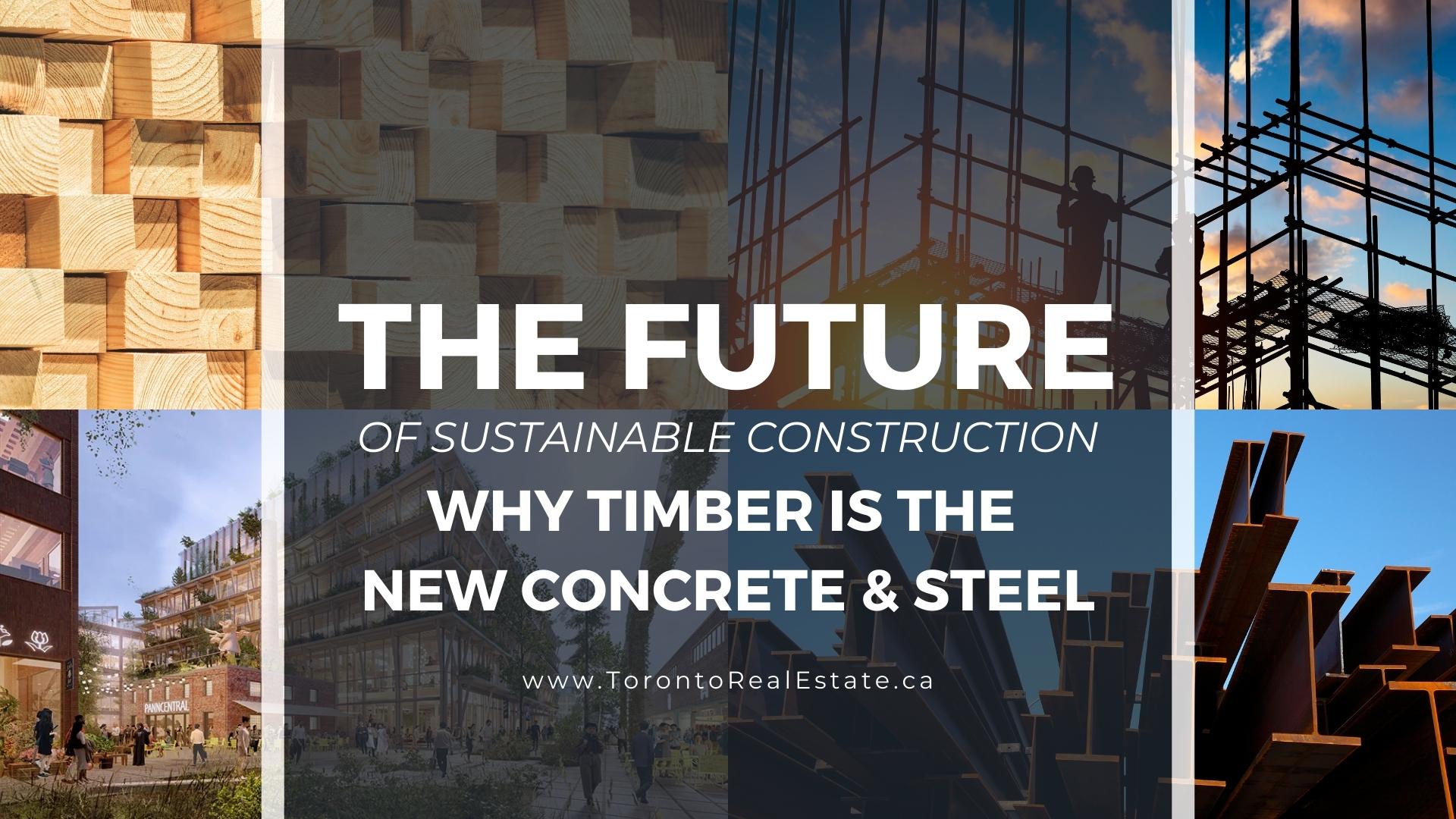
The escalating urgency of climate change is casting a spotlight on industries contributing significantly to global carbon emissions, and the construction sector is one such major player.
Astonishingly, construction accounts for approximately 40% of worldwide CO2 emissions, mainly due to the widespread use of high-carbon materials like concrete and steel, the energy required for transportation, and the emissions from machinery.
Against this backdrop, timber emerges as a promising alternative for more sustainable construction.
Timber offers a multi-faceted advantage over traditional construction materials.
Firstly, it serves as a carbon sink, storing carbon within its structure and effectively reducing atmospheric CO2.
Secondly, its production process is less energy-intensive, resulting in lower greenhouse gas emissions. Additionally, timber provides natural insulation, making buildings more energy-efficient for heating and cooling. Its lightweight nature further reduces the energy costs associated with transport and construction.
Timber is also a renewable resource, often sourced from sustainably managed forests, and it grows relatively quickly, ensuring a sustainable supply.
Advanced timber construction technologies, such as cross-laminated timber (CLT), not only reduce material waste but also allow for more precise and efficient building methods.
Projects like Stockholm's Wood City—a sprawling 250,000 square meter area featuring 7,000 office spaces, 2,000 homes, restaurants, and shops—illustrate the tremendous potential of timber construction.
Yet, it's crucial to address the challenges associated with timber, such as fire safety and sourcing concerns. Advances in engineered mass timber and evolving building codes are already making strides in overcoming these hurdles.
As we navigate towards a more sustainable future, the shift from concrete and steel to timber isn't just a fleeting trend but a critical necessity.
Beyond the hard numbers and environmental benefits, timber also offers aesthetic and well-being advantages. Its natural texture and biophilic design possibilities make timber structures not just eco-friendly but also conducive to human well-being.
As cities like Toronto look towards the future, envisioning their skylines filled not just with concrete and steel but also with timber skyscrapers could represent the perfect blend of modernity and sustainability.
The stakes are high in the fight against climate change, and timber construction might just be the material that tips the balance in favor of a greener planet.
What do you think of these types of buildings? Let me know in the comments below!
Rylie C.
Comments